A modern take on the classic Windsor chair with bright colours and new geometry
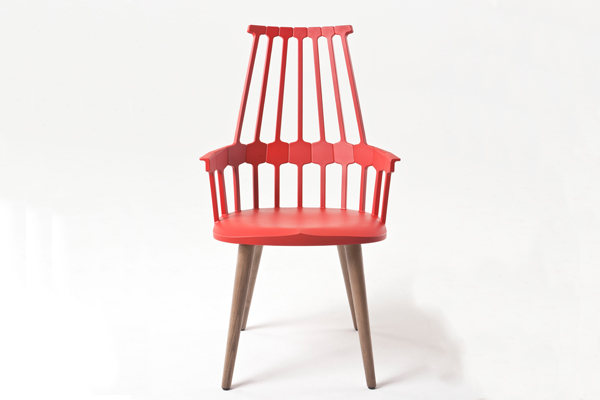
March 1st, 2013
Kartell revisits the classic 18th century Windsor chair in the new Comback designed by Patricia Urquiola. Whereas standard chairs were continuous at the back legs and the upright of the back, the Windsor chair’s legs and uprights were turned on a pole-lathe and round-tenoned into the seat.
In the contemporary take of the Comback (from comb-back) the back and arms are formed not from steam bent wood and spokes, but from batch-dyed thermoplastic technopolymer. This is shaped in a single mould into an array of ‘teeth’ emanating from a vertebrae of hexagons.
The seven ‘teeth’ of the upper back spread out towards the lumbar region, where the reinforced hexagonal rim acts as an axis from which the teeth of the lower back radiate down at a different angle to the seat.
This perfectly proportioned paean to times past is newly arrived in Australia. It asserts itself as emblematic of current times with its geometry, emphasised by colours such as Orangey Red, Yellow, Grey Blue, White, Black and Hazelnut.
The Comback is available in four versions. The Swivel chair, the Sled chair, the Wooden chair and, in an ultimate loveletter to the 18th century, the Rocking chair.
The Swivel chair has four legs and a swivel shaft in White or Black. The Sled chair has two slim, tubular legs in White, Black, Orangey Red, Yellow, Grey Blue or Hazelnut.
The Wooden chair has four oak-stained Ashwood or white or black painted Beechwood legs. The Rocking chair has two rocker runners in Oak-stained Ashwood.
The Comback embodies the artisanal elegance of design of the 18th century, with a new geometry that speaks to modern times and interiors.
Space Furniture
INDESIGN is on instagram
Follow @indesignlive
A searchable and comprehensive guide for specifying leading products and their suppliers
Keep up to date with the latest and greatest from our industry BFF's!

Merging two hotel identities in one landmark development, Hotel Indigo and Holiday Inn Little Collins capture the spirit of Melbourne through Buchan’s narrative-driven design – elevated by GROHE’s signature craftsmanship.

London-based design duo Raw Edges have joined forces with Established & Sons and Tongue & Groove to introduce Wall to Wall – a hand-stained, “living collection” that transforms parquet flooring into a canvas of colour, pattern, and possibility.
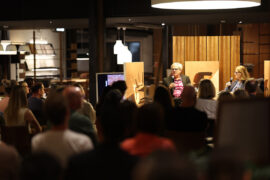
He’s the Director of Eames Office and an all-round creative polymath – and Eames Demetrios has just been in our region with Living Edge.
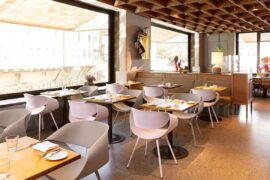
We think of the chair as a ubiquitous object but every now and then there is a design that ticks all the boxes and makes its presence felt on the global stage.
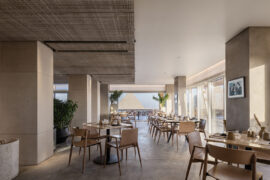
Pedrali’s Nemea collection, designed by Cazzaniga Mandelli Pagliarulo, marks 10 years of refined presence in hospitality and commercial spaces around the world. With its sculptural timber form and enduring versatility, Nemea proves that timeless design is never out of place.
The internet never sleeps! Here's the stuff you might have missed
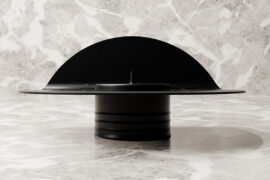
The FlexiFlange leak control flange is set to revolutionise the task of installing drainage systems alongside vertical surfaces like walls and floor junctions.

Through expert architecture, EBD Architects has provided a human face to great design and created a project that enhances the lives of people and community.